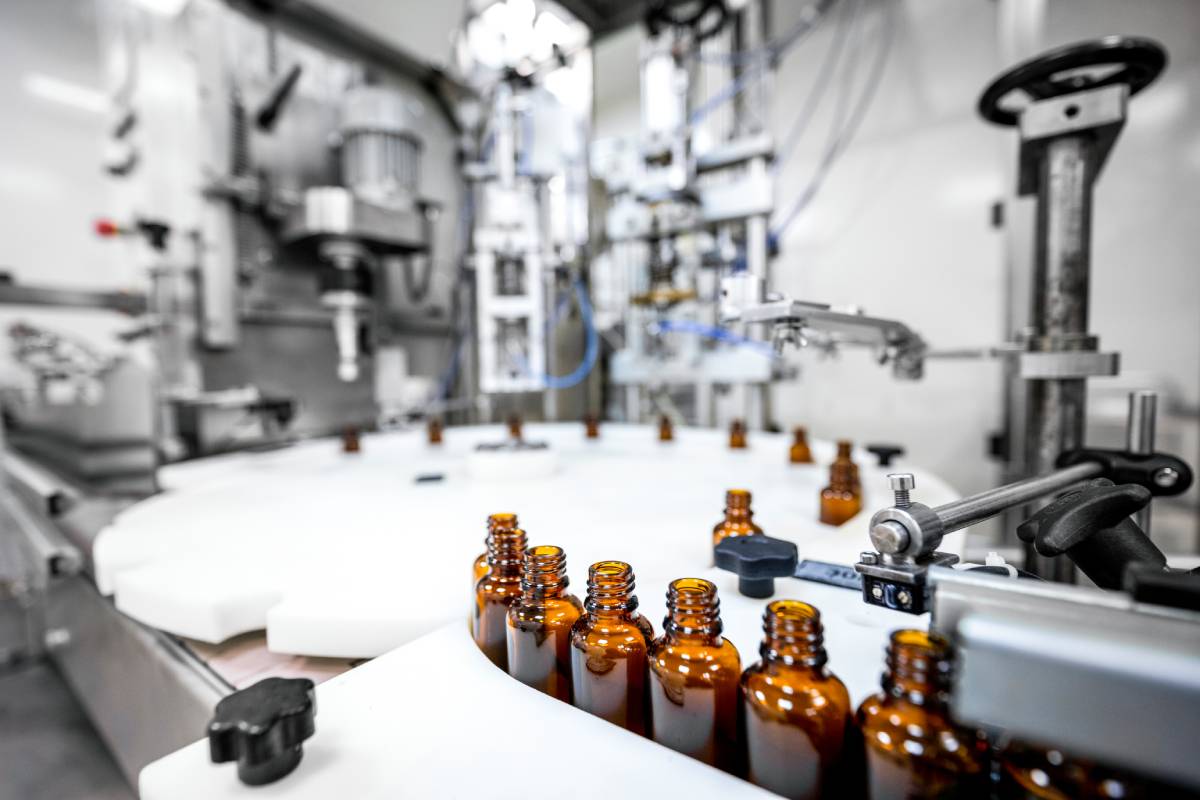In the past few decades, the majority of drug manufacturing in the United States has been outsourced to foreign suppliers like the European Union, Canada, China, and India (1). Notably, active pharmaceutical ingredients (APIs)—the components of prescription drugs that provide therapeutic benefits—have been mainly produced internationally (4). Large pharmaceutical companies often outsource their factories to take advantage of low-cost labor and looser environmental restrictions overseas. As a result, U.S. consumers can be vulnerable to breaks in the global supply chain, as the public health of the United States population is dependent on the steady availability of drugs from abroad (5). In fact, there are many important medicines that are being manufactured abroad. Increased domestic manufacturing and changes in drug regulation policies can reduce drug shortages and improve the accessibility and affordability of prescription drugs domestically.
Important medicines that are used for everything from regular maintenance to treating severe diseases are manufactured abroad. For example, drugs like antibiotics, blood pressure medicines, vaccines, cancer treatments, and heart medications are supplied by foreign manufacturers (3). In fact, most drugs in their completed form are manufactured abroad. Accordingly, the domestic supply of essential medicines can be heavily affected by international economic and public health crises (3).
In an independent report on foreign drug manufacturing, of 100 brand-name drugs, 32 were finished in the United States, while 68 were made internationally (1). According to the report, most brand-name drugs and their APIs are actually supplied by foreign countries with standards that are comparable to those in the United States, such as countries in the EU, Canada, Japan, and Singapore (1). One of the drugs in the study, an anticonvulsant called Neurontin, was manufactured in India (1).
While many of the studied brand-name drugs rely on manufacturing in European countries, many generic drugs are finished using ingredients from countries in Asia, such as China, India, Japan, and Singapore (4). National concern over dependence on Chinese drug manufacturing has grown significantly in the past few years as a result of drug shortages and recalls of Chinese-manufactured pharmaceuticals. For example, the shutdown of the city of Wuhan during the Covid-19 pandemic lead to drug shortages because many factories that manufacture U.S. drugs were located in the city (5). Additionally, a blood pressure medicine called valsartan that was produced by the Chinese company Zhejiang Huahai was recalled in 2018 due to reports of a cancer-causing ingredient (2).
While foreign drug manufacturing is not inherently negative, policy changes in the United States can help strengthen the stability of the U.S. drug supply and reduce dependence on foreign manufacturers. As demonstrated by recent global upheavals, including COVID-19, having important medicines manufactured abroad creates the risk of supply chain disruption.
Laws that increase transparency around drug production and allow companies other than drug manufacturers to import brand-name prescription drugs from countries with comparable regulations can increase the affordability and accessibility of life-saving treatments (6). Additionally, increased collaboration between manufacturing companies can help improve drug regulation standards and the quality of drug products (6). Manufacturing pipelines that are resilient toward shifting regional and global situations are critical for U.S. health and healthcare.
References
1. Beusekom, Mary Van. “Report details where top 100 brand-name Rx drugs are made.” University of Minnesota Center for Infectious Disease Research and Policy, 26 Jan 2022, www.cidrap.umn.edu/report-details-where-top-100-brand-name-rx-drugs-are-made
2. Dilation, Ken and Brenda Breslauer. “U.S. Officials worried about Chinese control of American drug supply.” NBC News, 12 Sept 2019, www.nbcnews.com/health/health-care/u-s-officials-worried-about-chinese-control-american-drug-supply-n1052376
3. Edwards, Eric. “The U.S. Needs to Reimagine Its Pharma Supply Chain.” Harvard Business Review, 12 Aug 2021, hbr.org/2021/08/the-u-s-needs-to-reimagine-its-pharma-supply-chain
4. Levitt, Gabriel and Lucia Mueller. “Not Made in the USA: The Global Pharmaceutical Supply Chain and Prospects for Safe Drug Importation.” PharmacyChecker Research, Jan 2022, cdn.pharmacychecker.com/pdf/Not+Made+in+the+USA+-+2022.pdf
5. Simon, Scott. “Experts Concerned Over U.S. Dependence On Foreign Drug Manufacturers.” NPR, 25 Apr 2020, www.npr.org/2020/04/25/844904697/experts-concerned-over-u-s-dependence-on-foreign-drug-manufacturers
6. Woodcock, Janet. “Safeguarding Pharmaceutical Supply Chains in a Global Economy. FDA, 29 Oct 2019, www.fda.gov/news-events/congressional-testimony/safeguarding-pharmaceutical-supply-chains-global-economy-10302019
